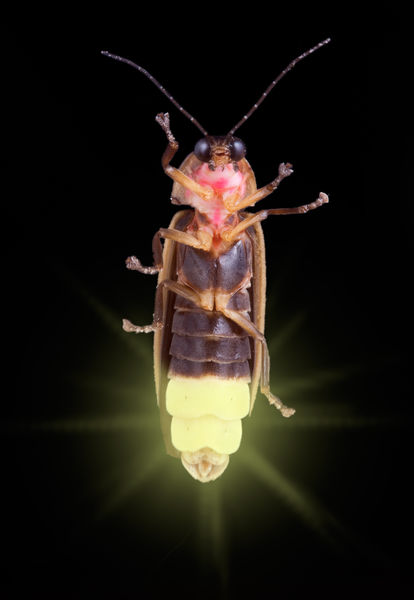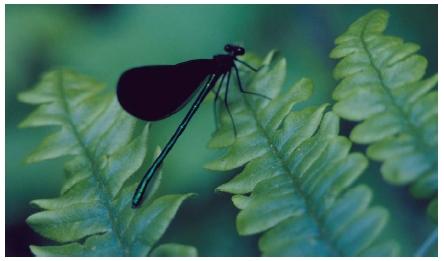Arthropods

Arthropods are invertebrate (without a backbone) animals of the phylum Arthropoda that have a segmented body, jointed legs, and a tough outer covering or exoskeleton. They include insects, crustaceans (lobsters, crabs, shrimp, crayfish), millipedes, centipedes, horseshoe crabs, arachnids (spiders, ticks, and mites) and sea spiders. Together, arthropods comprise the largest and most varied group of invertebrates on Earth.
Characteristics
The bodies of arthropods are divided into different segments, each having a specialized role. The segments have numerous paired, jointed appendages (legs, antennae, claws, and external mouth parts) that serve many varied functions. The exoskeleton acts as a protective covering to the underlying segmented body. It also provides an attachment for muscles and a barrier to water loss for animals living on land. It is made mostly of chitin (pronounced KIE-tuhn), a rigid, complex carbohydrate, and is usually covered by a hardened, waxy cuticle. The cuticle acts as a hinge between segments, allowing the body to bend and move to the right or left. Periodically, the rigid exoskeleton is shed in a process called molting. The temporarily soft animal then swells in size, and its new, larger exoskeleton hardens.
Arthropods are divided into chelicerates (pronounced kih-LIH-suhruhts), meaning "claw-horned ones," and mandibulates, meaning "jawed ones." The bodies of chelicerates are divided into two parts: a fused head and thorax, and an abdomen. They have no antennae, and most have four pairs of jointed legs. They are named for their first pair of appendages, which are modified as clawlike fangs used for feeding. The chelicerates include the arachnids, the marine horseshoe crabs, and the sea spiders.
The mandibulates have one or two pairs of appendages that function as antennae on their head, with the next pair modified as jaws for feeding. Included in this group are the crustaceans (crabs, lobsters, crayfish), the millipedes and centipedes, and the insects. The body of insects

is divided into three regions: a head, a thorax, and a clearly segmented abdomen. The thorax usually has three pairs of legs and two pairs of wings attached to it. Centipedes and millipedes have a head and a narrow, segmented trunk, the former having one pair of legs per segment and the latter having two. Crustaceans have many different body shapes. In most, the head and thorax are fused and separate from the abdomen. Their segmented bodies are often hidden by their hard outer shell.
Arthropods usually have more than one pair of eyes, which may include both simple and compound pairs. (A compound eye is made up of many separate units for receiving light, each with its own lens.) Breathing in land-arthropods is usually accomplished through air tubes called tracheae. Oxygen enters the air tubes from the outside through small openings in the body and is distributed to all the tissues. Arachnids, such as spiders, also breathe through book lungs, thin flaps of tissue arranged like the pages of a book. Arthropods that live in water generally breathe through gills.
Life cycle
Arthropods begin as eggs and can follow several different life cycles, depending on the group. Some insects hatch as miniature adults, while others hatch as nymphs and develop by stages into adults. Still others hatch as larvae and enter a resting stage as pupae, during which they may be enclosed in a cocoon and go through internal changes before emerging as adults. During their various developmental stages, known as metamorphosis, arthropods may shed their outer covering several times (molt).
Ecological importance
Arthropods are of ecological importance because of their sheer numbers and extreme diversity. More than 874,000 living species of arthropods have been identified, making up more than 80 percent of all named species of animals. However, it is estimated that many more thousands of arthropods exist that have not yet been named. Most of these unnamed species are small beetles and other insects, and most of these occur in old-growth tropical rain forests—areas that have not yet been well explored.
Arthropods occupy an enormous variety of Earth's habitats. Most species of crustaceans live in water (that is, are aquatic), although a few such as wood lice and land crabs occur in moist habitats on land. The spiders, mites, scorpions, and other arachnids are almost entirely land animals, as are the extremely diverse insects.
Arthropods are both harmful and helpful to humans. A few species are transmitters of bacteria or viruses that cause diseases such as malaria, yellow fever, encephalitis, and Lyme disease. Scorpions, some spiders, and bees and wasps have poison glands and can hurt or even (though rarely) kill people by injecting poison through stingers. Some arthropods are a nutritious source of food in many parts of the world, and insects play an important role in pollination (a process necessary for production in many plants).
[ See also Arachnids ; Crustaceans ; Insects ]
Thomas Ashby
Thank-You!
Thank-You!
THANKS A LOT....
Thankyou from a student.
THANKS!
whith this information i will have a 7
expected. I'm so ready for my marine bio
test now, thanks :)
-Rin
This helped me A LOT with my Arthropoda presentation.
Keep up the good work!
Thanks once again,
-Mo
I would include of photo if it was possible, but I don't see that's possible here.
thanks,
Looking forward to more artiles.
THANK YOU FROM A YOUNG STUDENT